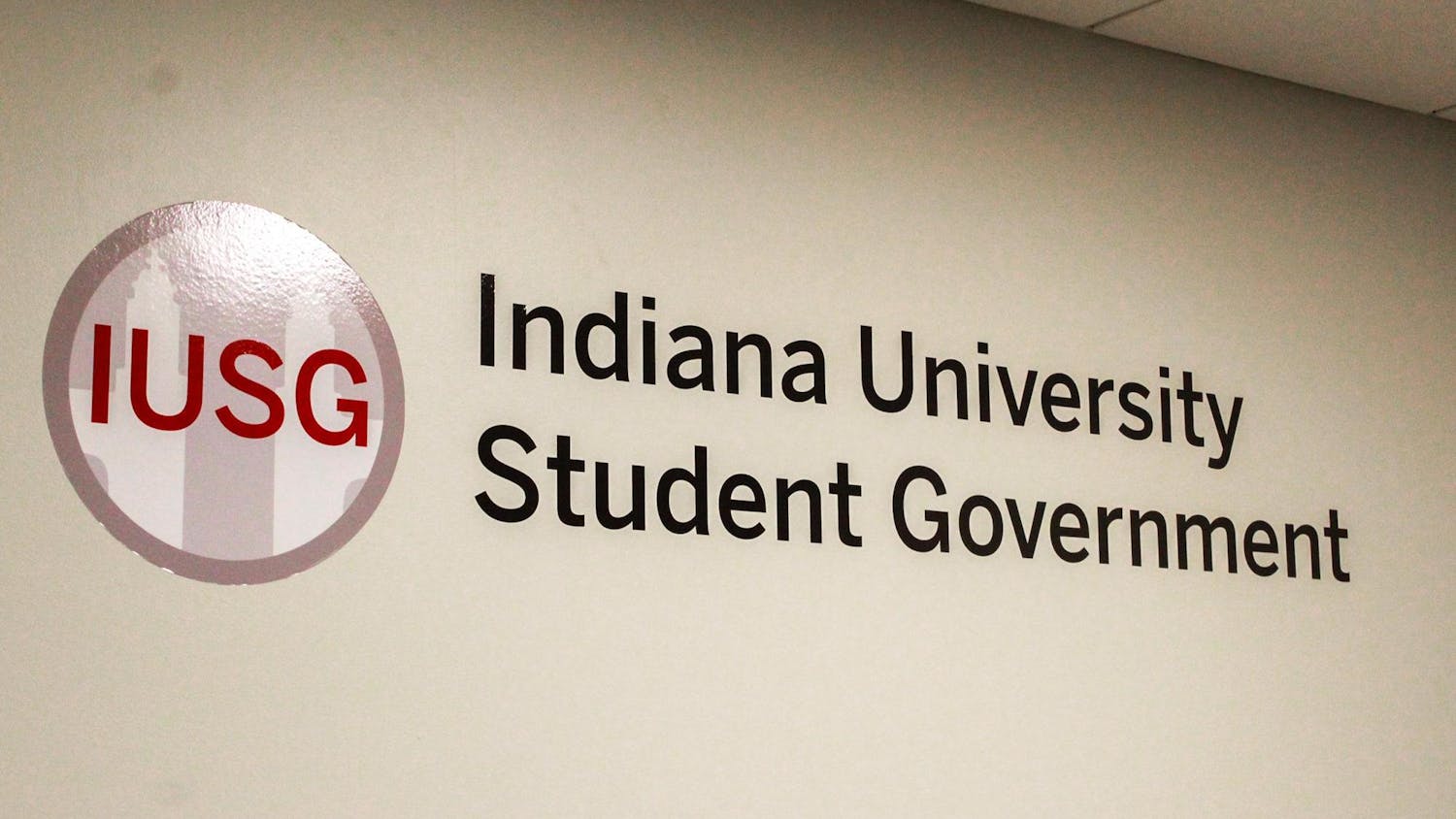It could’ve bought Chris Wessel a new car. It could’ve been his salary at an entry level job. Rather, it was $25,000 in student loan-debt owed after he graduated from IU in December.
Even with thousands of dollars in federal grants, 30-hour work weeks and help from his parents, Wessel still couldn’t afford to fully pay for college.
As tuition rises nationwide, students like Wessel are realizing debt is inevitable in paying for higher education.
“I wish I could start my career without so many payments at the beginning, but without the loans, I wouldn’t be qualified for the positions I’m seeking,” Wessel said. “They were a necessary evil.”
Wessel’s $25,000 in student loan debt makes him better off than most of his classmates; more than half of IU students in 2011 graduated with an average of $28,434 in debt, according to the Project on Student Debt.
Since then, tuition has only increased, affecting more than lower-income families. Coming from a middle-income family, Wessel said he lived in a financially secure household, but paying for college was still out of reach.
The problem of paying for college has even pervaded more affluent families. According to a study conducted by the Federal Reserve Bank of New York, upper-middle-income families, which includes households with incomes ranging from about $94,000 to $205,000, experienced the biggest jump in percentages of student loan debt from 2007 to 2010, leaving the upper class the only strata able to fully afford college tuition.
Despite its increased costs, the Indiana Commission for Higher Education says college is worth the money. Though students graduate with often crippling debt, the alternative, not going to college at all, could be worse.
According to the 2013 State of Higher Education Address, Indiana residents without a college degree are three times more likely to be unemployed today, leaving prospective college students with few options.
“If college is now a required step for a professional career, it needs to be more attainable for everyone,” Wessel said.
Despite the $68 million IU dedicates to financial aid each year, middle-class students
are often ineligible, said Professor of Sociology Brian Powell, who specializes in higher education.
Lower-income families get the bulk of IU’s financial aid, while middle-income families make too much to qualify for most aid, but too little to make a dent in the sizable education costs, Powell said.
“You end up with this situation where people coming from middle-income families often are the ones who have the greatest amount of constraint in financial aid,” Powell said.
Though Wessel received federal grants for good grades in high school, the
scholarships weren’t enough.
Most students use a hybrid of aid programs to cover the cost of college, said Roy Durnal, director of the Student Center, which encompasses the Office of Student Financial Assistance.
“Some students earn scholarships, some qualify for grants, some may utilize work-study, some will pursue student or parent loans,” Durnal said.
Wessel tried to combat his loans by waiting tables at local restaurants Topo’s 403 and Runcible Spoon, adding that to at least 12 credit hours of classes and homework.
Wessel regrets never getting involved at IU’s many extracurricular activities, he said,
but jobs and classes consumed too much time.
“If you have loans and debts, you just have fewer options out there,” Powell said.
Wessel said he knows worrying about money made his college experience different from others’.
“That to me is one of the really sad things about it,” Powell said. “That debt constrains people in ways that really limit their potential and ways that they can
contribute to society.”
Higher education is becoming more expensive because of state and federal governments’ budgets, Powell said. As governments cut costs, higher education is one of its first victims.
“If Indiana’s government supported the University the same way that it did in the 1980s we would not be having this conversation,” he said.
The state provided 50 percent of IU’s revenue two decades ago, and it provides only 16 percent in recent years, according to an IU press release from 2011.
Nationally, spending on higher education by federal, state and local government and personal expenditures has decreased 26 percent from 1975, when government support was at a peak of 60 percent, according to the American Council on Higher Education.
Powell said though it can be easy to assume the cuts to public funding for public education are due to the nationwide recession, he said he believes it was a reflection of the government’s decreasing commitment to public education.
“If we really believe that education is a collective social good, then we really should be mindful of the barriers that certain students have and should come up with means so that no student who could do well in college faces barriers that prevent him or her from going there,” Powell said.
Wessell said he wants to pursue graduate school, despite possibly incurring more debt.
He said he is grateful for what he was able to pay for, because he knows there are people his age who won’t go to college because they will not be able to take on debt.
“I am thankful for the opportunity my loans allowed,” Wessel said. “The truly unfair situation is for those who are completely barred from the life experience of undergraduate study.”
Follow reporter Sarah Zinn on Twitter @sarah_zinn.
Graduating in the red

Get stories like this in your inbox
Subscribe



